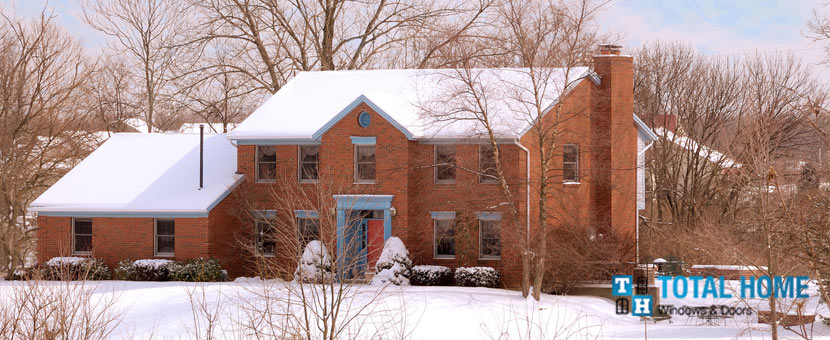Condensation On Inside of Windows Ways to Determine
With the bitterly cold winter season in full swing, you might notice more frost and condensation on the inside of windows. Is this a bad thing? Should you be concerned? And, if so, how can you prevent condensation from forming on your windows?
The following article shall provide you with some useful information about how window condensation is formed, how to prevent it, and when it might be time for window replacement.
What Is Condensation and How Does It Form?
You are probably wondering what causes condensation on windows. We will not give you a detailed scientific explanation but rather one that pertains specifically to window condensation. When cold surfaces come in contact with the humidity or moisture in warm air, they change into a liquid, thus forming condensation. Pertaining to windows, when the warm air from inside your home comes in contact with the cold winter temperatures outside, condensation may form on your windows.
What Is the Difference between Exterior and Interior Condensation?
Exterior window condensation occurs when the window unit is colder than the dew point or level of moisture in the air. Interior window condensation occurs most often in winter and is caused by excessive amounts of moisture and humidity inside the home. This is a result of the warm indoor air hitting the cold windows, thus forming condensation or even frost. Excessive window condensation can be damaging to your home, as it can cause the wood to rot and mold. This can then lead to structural damage around your window as well as throughout your home.
How to Tell if Condensation on the Inside of Windows Is Bad
Condensation on the inside of windows in excess could be a sign that you are in need of window replacement. In addition, condensation between the window panes is a surefire sign that your windows are not functioning as they should.
Condensation in the window panes could be an indication that the inert gasses between your window panes are leaking. These gases are not harmful, however. As they are a superior form of insulation, they could affect your home’s energy efficiency, thus causing your energy bills to skyrocket. How do you know when there is condensation in your window panes? It is not an issue if the condensation can be wiped away with your finger. However, if it does not disappear, it is a clear indication that there is condensation in between the window panes.
Ways to Prevent Window Condensation
- Use fans to eliminate moisture in your bathroom and kitchen areas.
- Use a dehumidifier in rooms with excessive humidity.
- Open your windows to air out your home when it is not too cold outside.
- Apply weather stripping to your windows.
- Do not hang wet clothes inside your home.
- Do not over-water your plants. Contain them in one area of your home.
- Inspect plumbing and household appliances for leaks. Make repairs as needed.
- Put towels on your window sill to catch excess moisture.
- Turn up your heat to prevent condensation from forming.
- Keep your window treatments closed.
- Install storm windows during the winter.
If the above fixes do not help reduce interior condensation, you might need to consider window replacement. Energy-efficient vinyl windows can help keep your home at a comfortable temperature during the winter as well as lower your energy costs. Contact Total Home Windows and Doors if you have any further concerns about condensation on the inside of windows. We can help determine if the situation can be prevented or advise you if you need window replacement.


